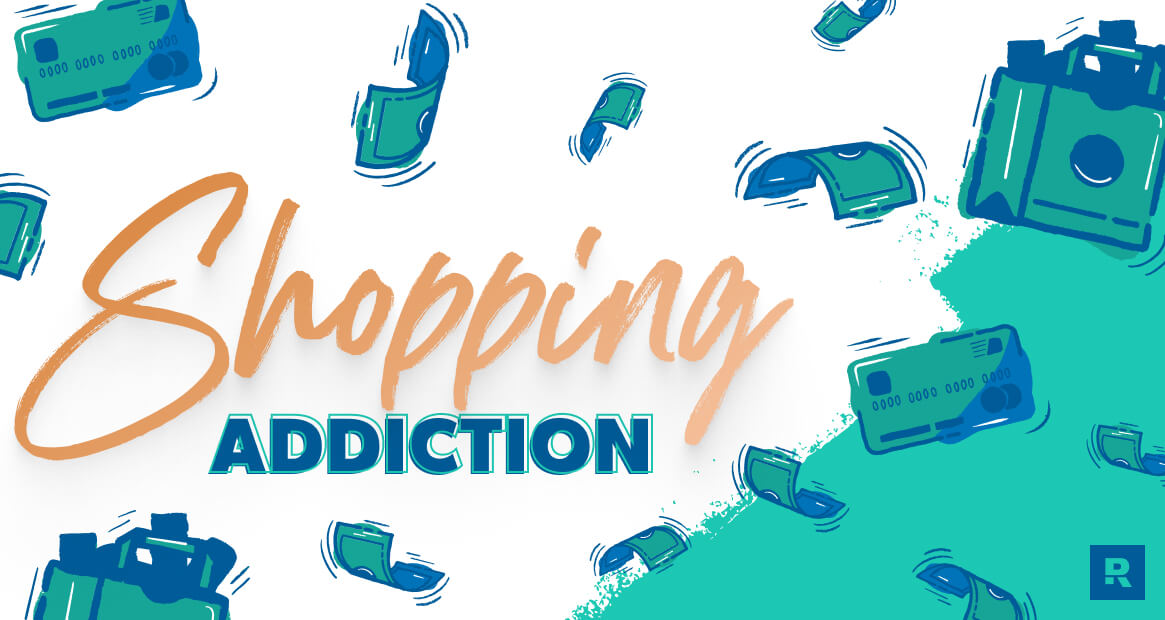- Empty cart.
- Continue Shopping
How to Recognize and Address Shopping Addiction

Shopping addiction, also known as compulsive buying disorder, is a behavioral issue characterized by an overwhelming urge to shop and spend money, often leading to negative emotional, financial, and social consequences. While shopping is a necessary and often enjoyable activity, it becomes problematic when it turns into an addiction.
Recognizing the Signs
Emotional Dependence
One of the first signs of shopping addiction is relying on shopping to cope with negative emotions like stress, sadness, or boredom.
Financial Strain
If you find yourself in debt or unable to pay bills due to excessive shopping, it’s a red flag that your spending habits are becoming problematic.
Relationship Issues
Shopping addiction often leads to conflicts with family and friends, especially if it results in financial strain or neglect of responsibilities.
Loss of Control
Feeling unable to resist the urge to shop, even when you’re aware of the negative consequences, is a strong indicator of addiction.
Preoccupation
Constantly thinking about shopping, planning the next shopping trip, or spending excessive time browsing online stores can be signs of an addiction.
Addressing the Issue
Self-Assessment
The first step in addressing shopping addiction is acknowledging the problem. Take a moment to assess your emotional triggers, spending habits, and the impact on your life.
Seek Professional Help
Consulting a healthcare provider or a mental health professional can provide you with a proper diagnosis and treatment plan, which may include cognitive-behavioral therapy or medication.
Financial Counseling
Financial advisors or counselors can help you assess your financial situation and develop a budget to manage your spending.
Support Network
Having a strong support network is crucial for recovery. Consider joining a support group or talking openly about your issue with trusted family and friends.
Set Boundaries
Limit your exposure to triggers, such as unsubscribing from marketing emails or avoiding shopping areas. Use cash instead of credit cards to become more aware of your spending.
Monitor Progress
Keep track of your spending and emotional triggers. Celebrate small victories, but also be honest with yourself if you slip up and make a plan to avoid future relapses.
In conclusion, shopping addiction is a complex issue that often requires a multi-faceted approach for effective management. Recognizing the signs is the first step toward recovery. Consult professionals for diagnosis and treatment, and lean on a support network to help you through the process. By taking proactive steps and being committed to change, you can regain control of your life and develop healthier spending habits.








